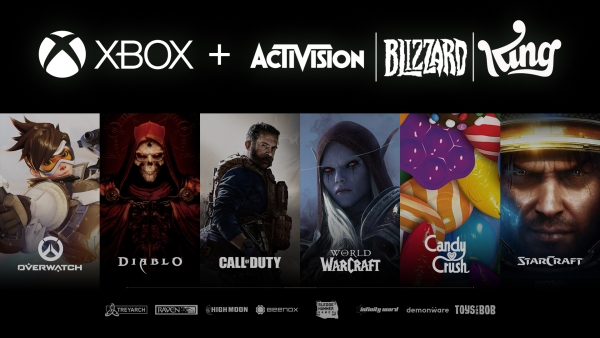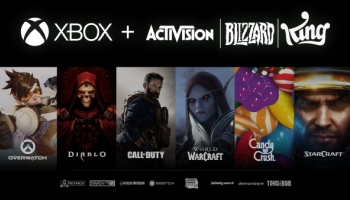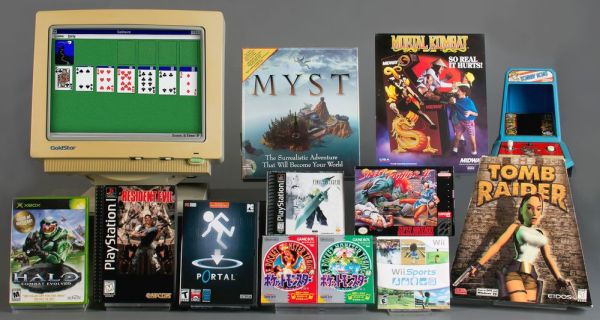
Despondent over poor working conditions, a group of developers left Atari in 1979 and formed Activision, the first fully-independent third-party console developer.
Here we are 43 years later, and executives at Activision stand accused by employees (and government regulators) of creating a hostile workplace of their own. But while a number of employees have struck out on their own over the years, Activision’s fate will soon lie with Microsoft, as CEO Bobby Kotick has decided to sell his company to the consolemaker, effectively putting Activision on the path to becoming a first-party developer.
Microsoft’s acquisition of Activision is a seismic shift for the game industry, and there are a lot of moving parts involved (including those abuse allegations and an FTC approval process that could take up to two years). You’ll find the first steps in that journey in this edition of Bite-Sized Game History, as well as a pop-up museum devoted to Pac-Man, and the infamous (and fictional) Nude Code from Tomb Raider.





